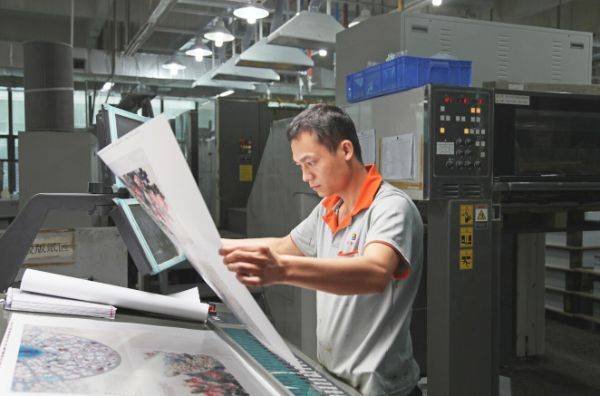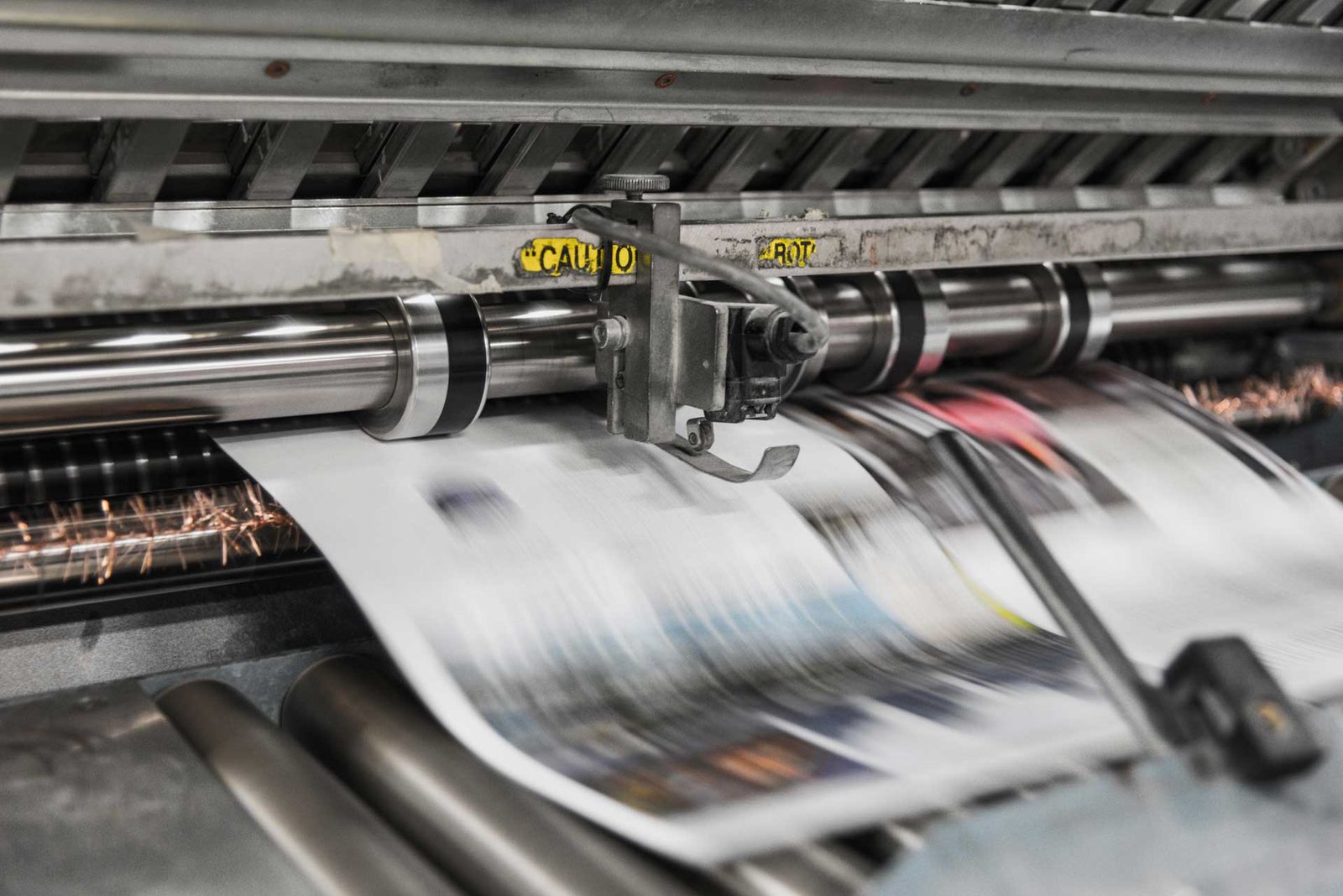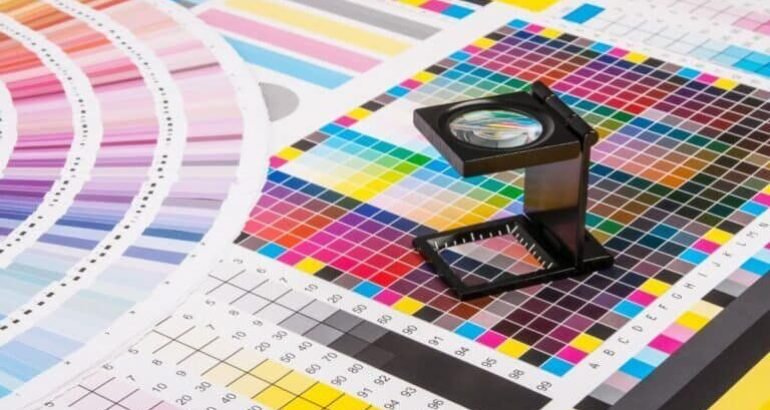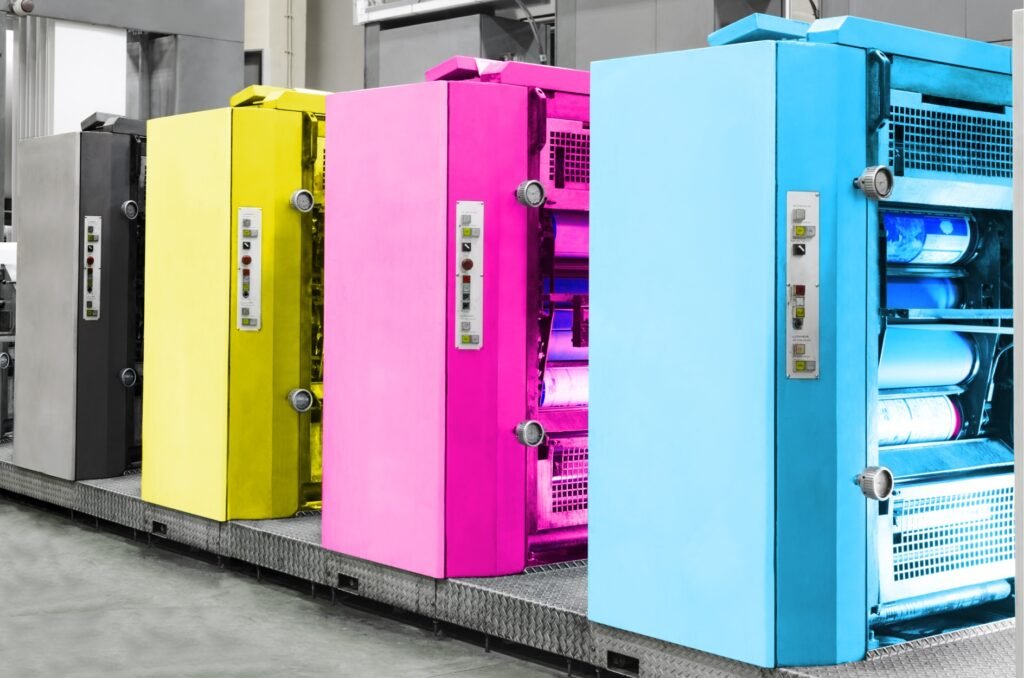Are your print files causing costly delays and color problems? These issues can sink a book launch. Reprographic services are the professional solution to ensure a smooth, predictable printing process.
A reprographic service, or "repro," is the technical process of preparing your design files for a commercial printing press. It’s critical because it ensures color accuracy, prevents printing errors, and ultimately saves modern publishers significant time and money by making files truly "printable."

I’ve seen countless projects come through my family’s printing business over the last 37 years. The smoothest ones always have one thing in common: professional repro work. But many people, even experienced production directors like Stephanie, can confuse reprographics with simple design or general prepress. It’s a critical distinction that can make or break your project. Let’s break down exactly what these services involve and why they are so vital for your success.
What are reprographic services?
Confused about what "repro" actually means for your book files? This confusion can lead to unexpected printing errors. Repro services are the technical steps that make your design press-ready.
Reprographic services involve the technical manipulation of digital artwork to prepare it for a specific printing press. This includes color separation, trapping, imposition, and ensuring all elements like fonts and images are correctly embedded and optimized for high-quality, efficient mass production. It’s a manufacturing, not a design, process.

Many publishers think once their designer exports a PDF, the file is ready to print. This is a common and costly mistake I see all the time. A designer’s job is creative; a repro technician’s job is industrial. They take the beautiful design and re-engineer it for the realities of a high-speed printing press. Think of it like an architect handing blueprints to a structural engineer. The engineer ensures the beautiful design can actually be built safely and efficiently without collapsing. The repro technician does the same for your book. They are not changing the design’s intent; they are ensuring it can be manufactured correctly and consistently across thousands of copies. It is the very important starting point for properly manufacturing a book. Here are some of the core tasks involved:
| Reprographic Task | Purpose in Book Printing |
|---|---|
| Color Separation | Splitting the full-color artwork into separate Cyan, Magenta, Yellow, and Black (CMYK) layers, each corresponding to a plate on the press. |
| Trapping | Creating tiny, invisible overlaps between adjacent colors to prevent ugly white gaps if the paper shifts even minutely on the press. |
| Imposition | Arranging all the book pages onto large press sheets in the correct sequence so that when the sheets are printed, folded, and cut, the pages appear in the right order. |
| File Preflighting | A deep technical audit of the file to find and fix issues like low-resolution images, missing fonts, incorrect color profiles (e.g., RGB instead of CMYK), or lines that are too thin to print. |
These steps are completely invisible in the final book, but without them, you would immediately see blurry text, strange color gaps, and pages in the wrong order. It’s the hidden foundation of quality printing.
What is the difference between prepress and repro?
Are the terms "repro" and "prepress" causing confusion in your production meetings? This mix-up leads to miscommunication. Let’s clarify the key difference to streamline your workflow with your printer.
Think of prepress as the entire category of work done before printing. Reprographics is a highly specialized, technical part of prepress. Repro focuses on file optimization and manufacturing readiness, while the broader prepress category also includes proofing, plate making, and other general setup tasks.

In publishing, "prepress" is the umbrella term for everything that happens between the final design sign-off and the press starting to run. Reprographics is the most technical, file-focused part of that process. I remember a client, a production director named Stephanie, who was frustrated because she thought our prepress charges were too high. She told me, "My designer already did the prepress." What she meant was her designer had exported a high-resolution PDF1. We had to walk her through the specific repro work our team was doing—the trapping for coated paper, the custom color profile adjustments for our specific press and ink set, the imposition for a 16-page signature layout. She quickly realized repro was a specific manufacturing step her designer wasn’t equipped to handle. It’s a very common point of confusion.
| Aspect | Reprographics (Repro) | General Prepress |
|---|---|---|
| Focus | File engineering & optimization for a specific press. | Overall process management before printing. |
| Key Tasks | Color separation, trapping, imposition, image correction. | Includes all repro tasks, plus physical proofing, making printing plates, and press calibration. |
| Who does it? | A specialized repro technician or department. | The printer’s entire prepress department, which includes repro specialists. |
So, all repro is prepress, but not all prepress is repro. Recognizing this helps you have much clearer, more productive conversations with your printing partner and understand exactly what you are paying for.
Why are reprographic services important?
Tempted to skip professional repro services to cut costs on your next print run? This gamble often backfires, causing expensive reprints. Proper repro actually protects your budget and your deadline.
Reprographic services are important because they directly impact the three pillars of printing: quality, cost, and time. They ensure color consistency, prevent costly press-stop errors, reduce wasted materials, and speed up the entire production process by providing the press with perfectly optimized files.

From my experience, the small investment in repro upfront pays for itself many times over. It’s not an optional extra; it’s essential production insurance. Proper reprographics not only can make the colors better, but more importantly, it can make sure the files are more "printable," thus costing less time and budget during production. Here’s how it delivers that value.
It Guarantees Quality
Your designer’s monitor displays color in RGB (Red, Green, Blue)1 light. A printing press uses CMYK (Cyan, Magenta, Yellow, Black)2 ink on paper. These are fundamentally different ways of creating color. A repro technician expertly manages this complex conversion to ensure the printed colors on paper match your creative vision as closely as possible. They also fix technical issues like trapping3 to prevent those ugly white gaps between colors, ensuring a crisp, professional final product that meets reader expectations.
It Controls Costs and Time
An un-optimized file can stop a million-dollar printing press in its tracks. I’ve seen it happen. The press operator finds a font issue or a low-resolution image, the machine has to be stopped, and every minute of that downtime costs a fortune. This also throws your entire project off schedule. A repro-optimized file is guaranteed to be "printable." This means it runs smoothly through the system, reducing press setup time1, minimizing paper and ink waste from bad runs, and keeping your project on schedule and on budget. It is the perfect example of "measure twice, cut once" for the modern book publishing world.
What is repro in publishing?
Does your designer say the file is "print-ready," but your printer still finds problems? This gap happens because "print-ready" means different things. Let’s define what it means in a professional publishing context.
In publishing, "repro" is the professional process that bridges the gap between a graphic designer’s final file and the industrial requirements of a printing press. It transforms a creative file into a technical, manufacturable asset, ensuring it can be mass-produced without errors.

The term "repro" in publishing is all about risk management. When a publisher sends a file to us, they are entrusting us with their financial investment and their author’s reputation. My job is to ensure the final product is perfect. A designer might provide a beautiful PDF, but it often lacks the hidden technical data needed for our specific machines. For example, the total amount of ink coverage might be too high for the chosen paper, which would cause the ink to smudge and not dry properly. Or the black text might be made of four colors (CMYK) instead of just black (K), making it look fuzzy when printed. These are not creative errors; they are technical oversights. A repro specialist finds and fixes them. They are the final quality gatekeeper before the project becomes a physical reality. This process ensures that the first copy off the press looks just as good as the ten-thousandth copy. It’s this industrial-level consistency that separates professional publishing from desktop printing.
Conclusion
In short, reprographic services are the crucial technical step that makes your creative files manufacturable. It’s the key to ensuring quality, controlling costs, and delivering your book on time.
-
Discovering ways to reduce press setup time can save you money and improve efficiency in your printing projects. ↩ ↩ ↩
-
Learn about the CMYK color model to ensure your printed materials look as intended. This resource will deepen your understanding of print design. ↩
-
Discover the importance of trapping in printing to avoid color gaps and ensure a polished final product. This knowledge is crucial for quality printing. ↩





